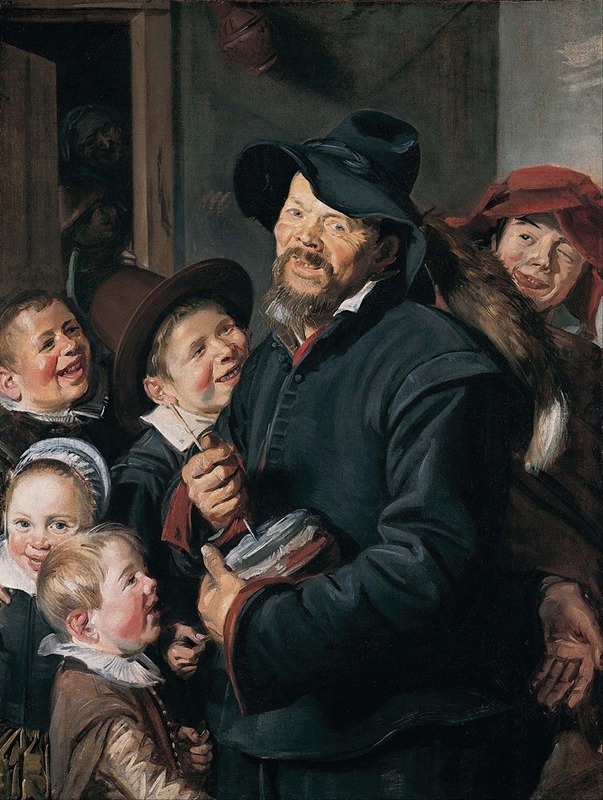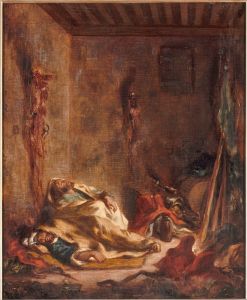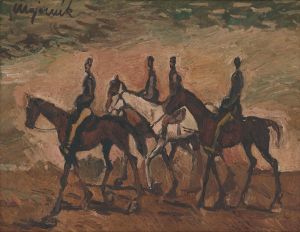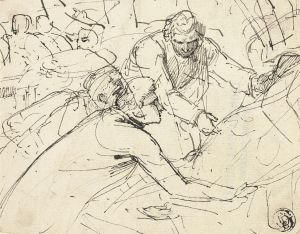
The Rommel-Pot Player
A hand-painted replica of Frans Hals’s masterpiece The Rommel-Pot Player, meticulously crafted by professional artists to capture the true essence of the original. Each piece is created with museum-quality canvas and rare mineral pigments, carefully painted by experienced artists with delicate brushstrokes and rich, layered colors to perfectly recreate the texture of the original artwork. Unlike machine-printed reproductions, this hand-painted version brings the painting to life, infused with the artist’s emotions and skill in every stroke. Whether for personal collection or home decoration, it instantly elevates the artistic atmosphere of any space.
The Rommel-Pot Player is a painting by the Dutch Golden Age artist Frans Hals, created around 1618–1620. The artwork is an oil-on-canvas piece and is currently housed in the Kimbell Art Museum in Fort Worth, Texas, United States. It is considered one of Hals's notable works, showcasing his mastery in portraiture and his ability to capture lively, spontaneous expressions.
The painting depicts a man playing a rommelpot, a traditional Dutch friction drum, which was a popular instrument during the 17th century, often associated with festive or carnival settings. The central figure is portrayed with a jovial expression, engaging the viewer with his lively demeanor. Surrounding the rommelpot player are several children, whose faces are rendered with a sense of curiosity and amusement. Hals's characteristic loose brushwork and skillful use of light and shadow bring a sense of immediacy and vitality to the scene.
Frans Hals was known for his ability to capture the essence of his subjects, often portraying them in dynamic poses and with expressive facial features. This painting is a prime example of his talent for depicting human emotion and interaction. The composition is informal and animated, reflecting Hals's departure from the more rigid and formal portrait styles of his contemporaries.
The exact context or commission for The Rommel-Pot Player is not documented, but it is often interpreted as a genre painting, a category of art that depicts scenes from everyday life. Such works were popular in the Dutch Republic during the 17th century, reflecting the culture and social dynamics of the time.
The painting is notable for its technical execution, particularly the way Hals captures the textures of the rommelpot, the clothing, and the skin tones of the figures. His use of a limited color palette, dominated by earthy tones, enhances the naturalistic quality of the scene. The lively brushstrokes and the interplay of light and shadow contribute to the overall sense of movement and energy.
The Rommel-Pot Player remains an important example of Frans Hals's work and is celebrated for its ability to convey the vibrancy of everyday life in the Dutch Golden Age. It continues to be studied and admired for its artistic and historical significance.


















